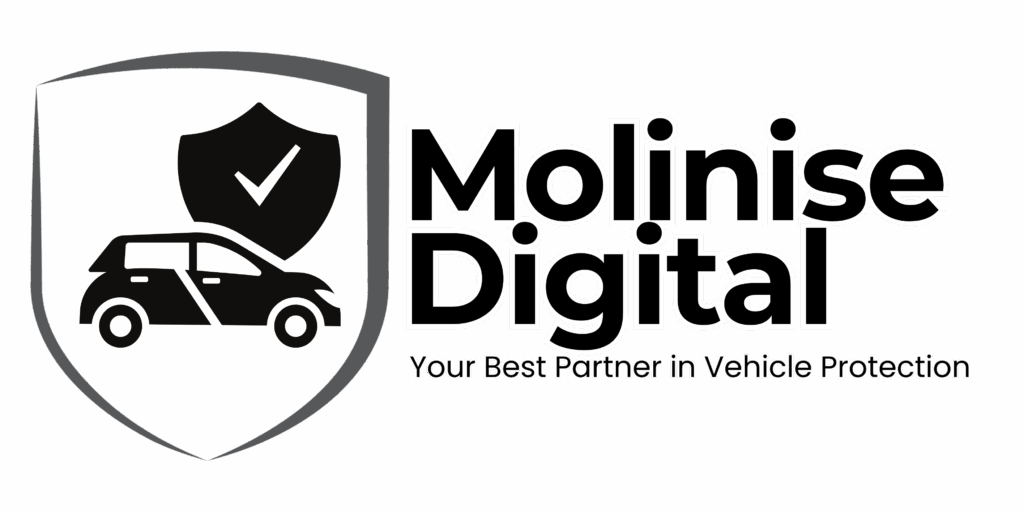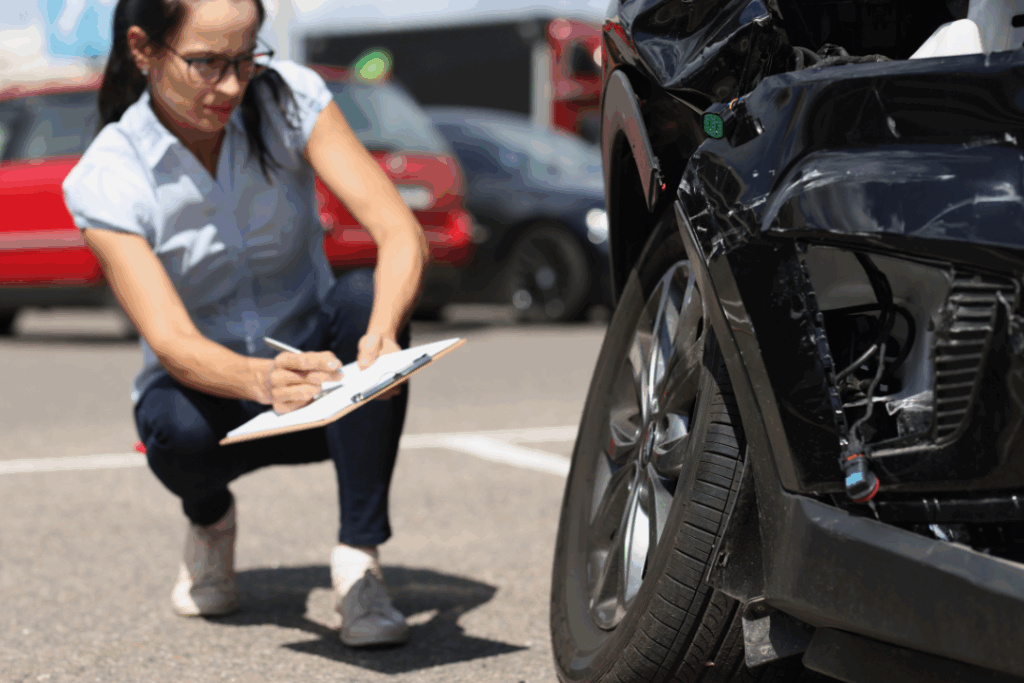A car crash is one of those moments that nobody ever plans for, but nearly every driver will experience at some point. It happens in a blink—metal crunching, adrenaline rushing, your mind spinning with uncertainty. You may be shaken, injured, or unsure of what to do next. Unfortunately, those critical minutes after a crash are when mistakes can be most costly, emotionally and financially. That’s why having a clear, well-thought-out plan can make all the difference. In this guide, we provide a detailed accident checklist to help you stay calm, stay safe, and make smart decisions after a collision. Think of this as your go-to playbook for when things go sideways on the road.
Step 1: Ensure Safety First
Immediately after the crash, your first priority should be safety—for yourself, your passengers, and others involved.
- Check for injuries. Assess yourself and others. If anyone is hurt, call 911 immediately.
- Turn on your hazard lights. This alerts other drivers to proceed with caution.
- Move to a safe location. If the vehicles are operable and it’s safe to do so, pull over to the side of the road or a nearby parking lot.
Step 2: Call the Police
Regardless of how minor the accident seems, it’s important to notify law enforcement. A police report provides a critical third-party account of the incident, which can support your insurance claim and protect you legally.
- Be factual, not speculative.
- Do not admit fault, even if you believe you may have contributed.
- Ask for the responding officer’s name, badge number, and a copy of the report or how to obtain it.
Step 3: Exchange Information
Collect the following details from all drivers involved:
- Full name and contact information
- Insurance company and policy number
- Driver’s license and license plate number
- Make, model, and color of the vehicles
- Location of the accident
Avoid discussing the details of the crash or who may be at fault. Just gather facts.
Step 4: Document the Scene
The more evidence you gather, the better. Use your smartphone to take high-quality photos and videos:
- Vehicle damage from multiple angles
- License plates
- Road signs, signals, and skid marks
- Any visible injuries
- The overall layout of the scene
If there are witnesses, get their contact info and ask if they’re willing to make a statement.
Step 5: Notify Your Insurance Company
Report the incident to your insurer as soon as possible. Most companies offer mobile apps that let you upload photos, submit a statement, and start the claim process.
When you call:
- Provide only the facts
- Share the police report number, if available
- Ask about your coverage and next steps
Failing to report an accident promptly can affect your ability to file a claim or receive reimbursement.
Step 6: Seek Medical Attention
Even if you feel fine, get checked by a medical professional. Some injuries like whiplash, concussions, or internal bruising may not be immediately apparent.
- Document your visit and any prescribed treatments.
- Save all receipts for future reimbursement.
Step 7: Keep a Detailed File
Create a dedicated folder—physical or digital—to keep track of all accident-related materials:
- Police reports
- Medical records
- Repair estimates
- Communications with your insurer
- Witness statements, if applicable
This file will be invaluable if a legal or insurance dispute arises later.
Step 8: Avoid These Common Mistakes
- Don’t leave the scene prematurely. Even in a minor fender bender, leaving without exchanging info or speaking to police can result in criminal charges.
- Don’t post about the accident on social media. Your statements can be used against you.
- Don’t sign anything you don’t understand. Especially not from the other driver’s insurance company without speaking to your own first.
Step 9: Understand Your Legal Rights
Depending on the severity of the crash, you may want to consult an attorney. Legal counsel can:
- Help navigate complex insurance claims
- Represent you if the other party sues
- Ensure you’re fairly compensated for damages and injuries
Step 10: Reflect and Prepare
Once everything settles, reflect on what happened and how you handled it. Consider:
- Installing a dash cam for future evidence
- Keeping an emergency kit in your glove compartment
- Reviewing your insurance policy to ensure adequate coverage
Conclusion: Stay Calm, Stay Smart
Accidents are chaotic, but your response doesn’t have to be. By following this checklist, you’re giving yourself the best chance to protect your well-being, your finances, and your future. Print this guide, keep a copy in your car, and review it from time to time. Because when it comes to handling a crash, being prepared is the best protection of all.

